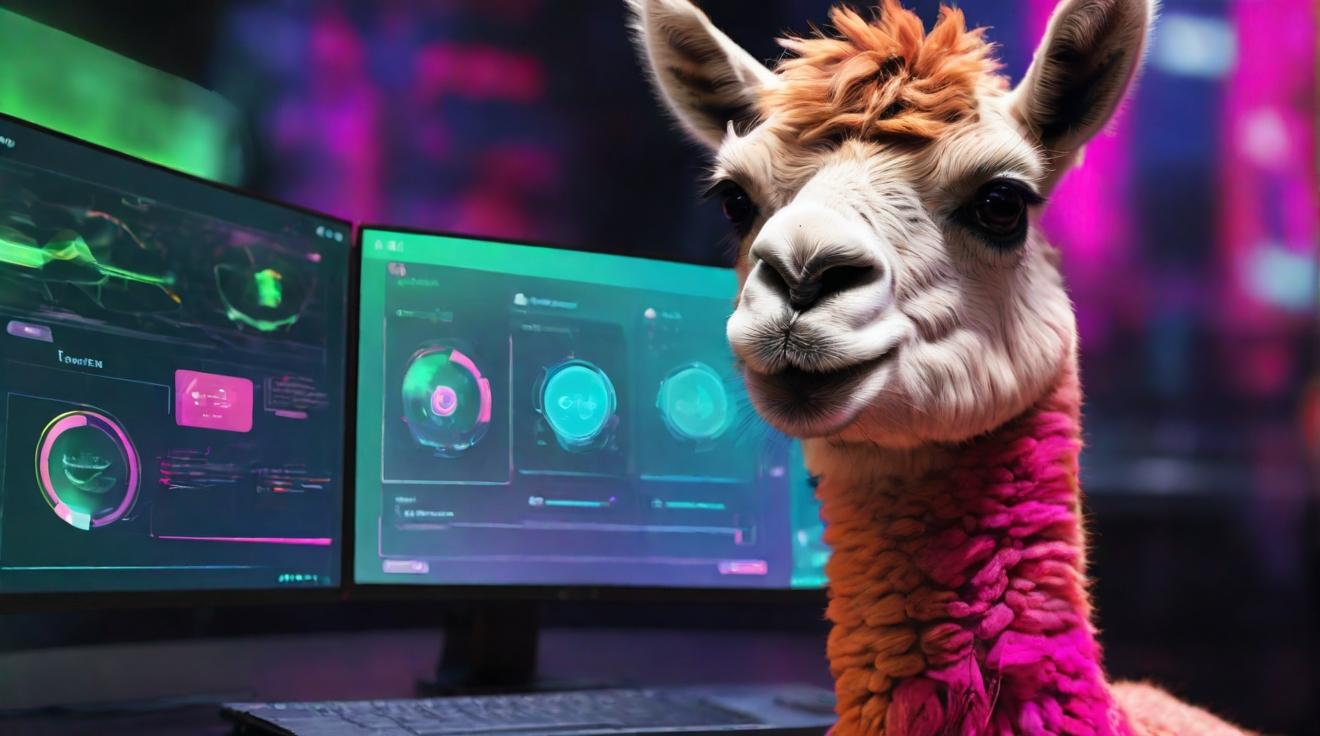OpenAI’s Quest for AGI: GPT-4o vs. the Next Model
Artificial Intelligence (AI) has evolved significantly, moving from basic machine learning to today's advanced AI systems. OpenAI is at the forefront of this transformation, known for developing powerful language models like ChatGPT, GPT-3.5, and the latest GPT-4o. These models showcase AI's potential to understand and generate human-like text, inching closer to the goal of Artificial General Intelligence (AGI).
Understanding AGI
AGI refers to an AI system that can perform any intellectual task that a human can, unlike narrow AI, which excels in specific tasks like language translation or image recognition. The debate among AI researchers continues on whether AGI is feasible. Some believe we are close due to advances in computational power, algorithm innovation, and a better understanding of human cognition.
GPT-4o: Evolution and Capabilities
GPT-4o is a major leap from its predecessor, GPT-3.5. It sets new benchmarks in Natural Language Processing (NLP), demonstrating enhanced capabilities in understanding and generating human-like text. A key advancement in GPT-4o is its ability to handle images, a step towards multimodal AI systems that can integrate information from various sources.
GPT-4o's architecture includes billions of parameters, significantly more than previous models. This scale enhances its ability to learn and model complex patterns in data. Such advancements help in applications like legal document review, academic research, and content creation. However, these advancements come with high financial and computational costs, raising concerns about sustainability and accessibility.
The Next Model: Anticipated Upgrades
As OpenAI works on the next Large Language Model (LLM), there is speculation about potential enhancements to surpass GPT-4o. Here are some possible improvements:
Model Size and Efficiency
The next model might focus on creating more compact models that retain high performance while being less resource-intensive. Techniques like model quantization, knowledge distillation, and sparse attention mechanisms could be crucial.
Fine-Tuning and Transfer Learning
Improvements in fine-tuning capabilities could allow the model to adapt to specific tasks with less data. Enhanced transfer learning could enable the model to efficiently transfer knowledge across domains.
Multimodal Capabilities
The next model might expand its multimodal capabilities, integrating text, images, audio, and video for a more comprehensive contextual understanding.
Longer Context Windows
Improvements could focus on handling longer sequences for better coherence and understanding, especially in complex topics like storytelling or legal analysis.
Domain-Specific Specialization
OpenAI might create models tailored to specific domains like medicine, law, or finance, enhancing accuracy and context-awareness.
Ethical and Bias Mitigation
Stronger bias detection and mitigation mechanisms could be incorporated to ensure fairness, transparency, and ethical behavior.
Robustness and Safety
The next model might focus on robustness against adversarial attacks, misinformation, and harmful outputs to make AI systems more reliable and trustworthy.
Human-AI Collaboration
Future models could be more collaborative, asking for clarifications or feedback during interactions to make them more intuitive and effective.
Innovation Beyond Size
Researchers are exploring alternative approaches like neuromorphic computing and quantum computing, which could lead to significant breakthroughs in AI capabilities.
The Bottom Line
The journey to AGI is both exciting and uncertain. By thoughtfully addressing technical and ethical challenges, we can guide AI development to maximize benefits and minimize risks. As OpenAI continues its progress, it brings us closer to AGI, which promises to revolutionize technology and society. With careful guidance, AGI can open up new opportunities for creativity, innovation, and human growth.













